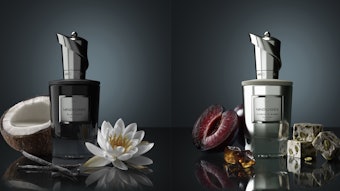The Iac insect Laccifer Lacca Kerr, native to India and Thailand, secretes a resin whose processed form known as shellac has been marketed commercially for a long time. An alkaline hydrolysis of the resin yields aleuritic acid [1], also sold on commercial scale in recent years. It was first isolated several decades ago by Tschirch and Farner and its structure was shown subsequently to be 9,10,16-trihydroxyhexadecanoic acid by Nagel and coworkers. The natural acid is of threo configuration, conclusively shown by later works The natural acid is racemic in nature and has been resolved into the enantiomers through the brucine as well as the ephedrine salts. The racemic isomer of erythro configuration has also been reported through a configurational inversion in several steps. Different methods of synthesis of aleuritic acid have also been reported.
Reactions of Aleuritic Acid
Aleuritic acid has been olefinated at the 9,10-position by several procedures, most of them stereospecific. The terminal alcohol function has been converted into aldehyde with CrO3-pyridine in good yield. The aldehyde has been masked as the corresponding dithiane derivative, obtainable as a stable crystalline solid. Synthesis of the terminal bromo, as well as iodo, derivatives by simple classical procedures have also been reported.
The structural features of aleuritic acid are quite amenable to a variety of modifications as shown above. With the availability of terminal functionalities at both ends, cyclizations and chain elongations by well-known procedures are feasible. Further, with numerous procedures available for stereospecific olefinations, the configurationallly pure erythro and threo 1,2-glycols provide a Z or E double bond, respectively, of high purity at the appropriate position and at an appropriate stage where feasible. An added advantage is that most of the glycols are crystalline solids, especially those of erythro configuration. Moreover, chain shortening is also feasible, leading to a variety of uses for aleuritic acid in organic synthesis. These objectives have been pursued extensively by us for some time, and some of the results are described in this article.










